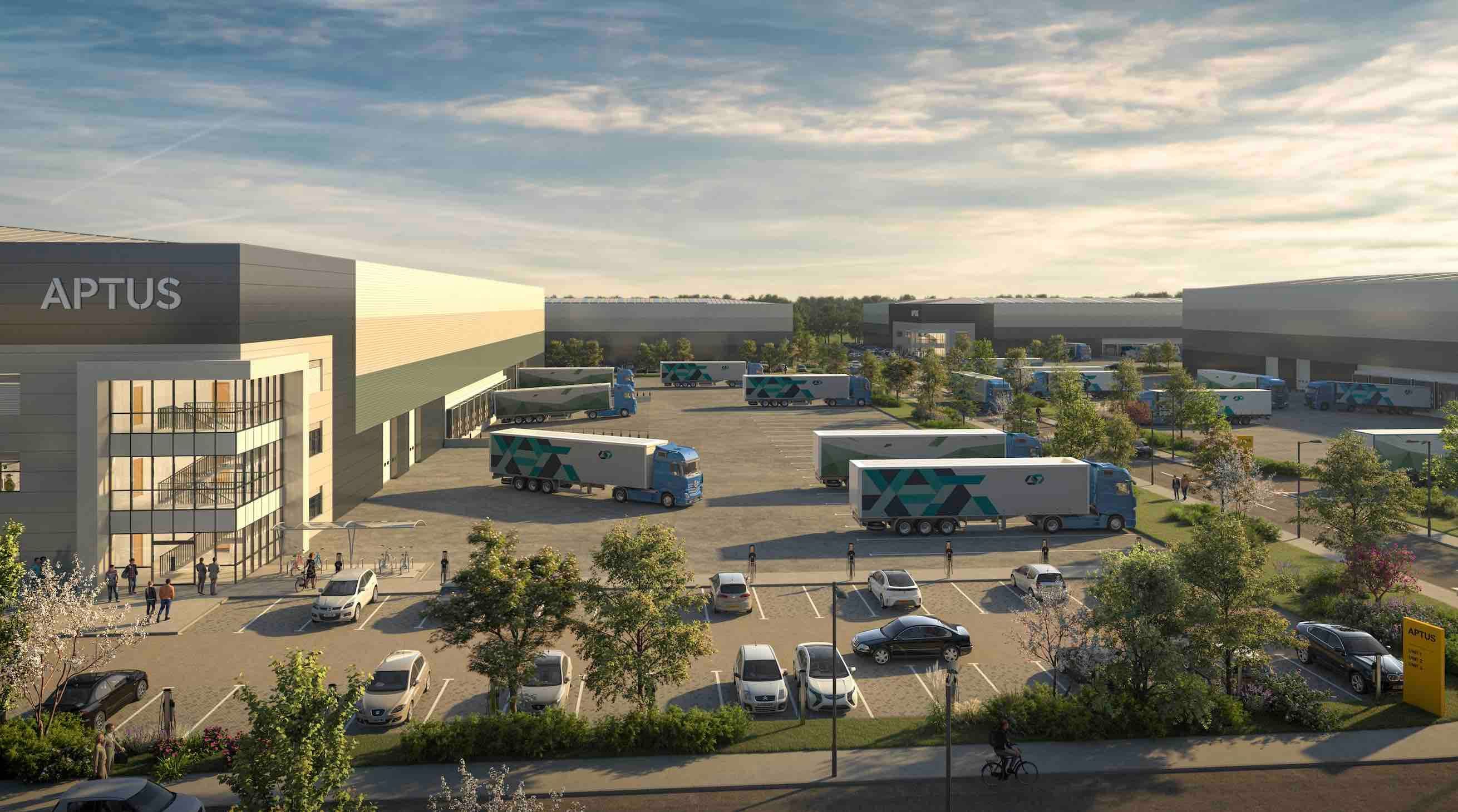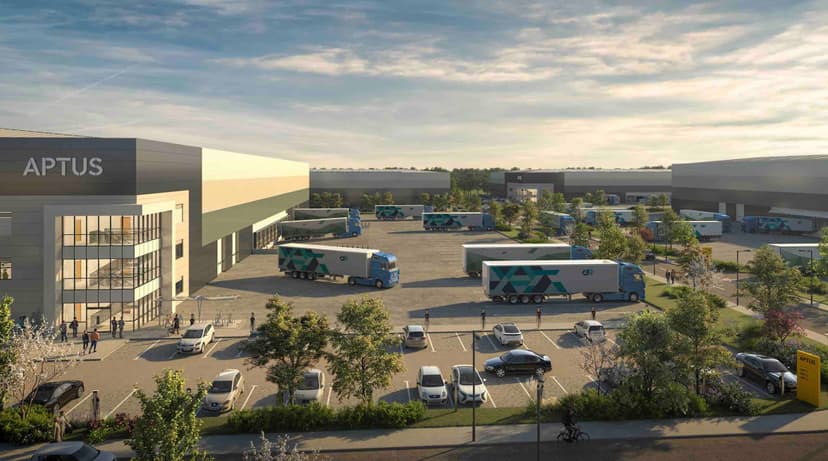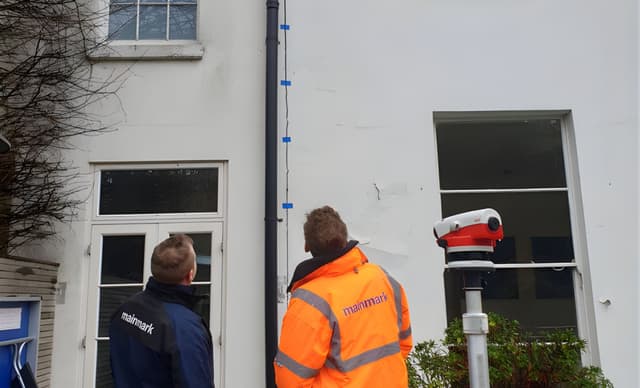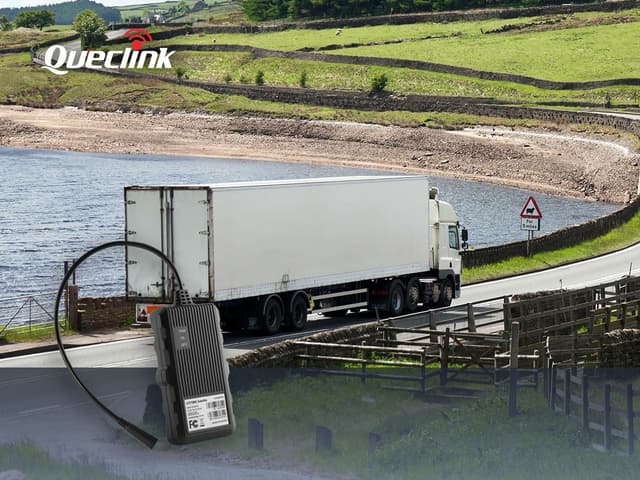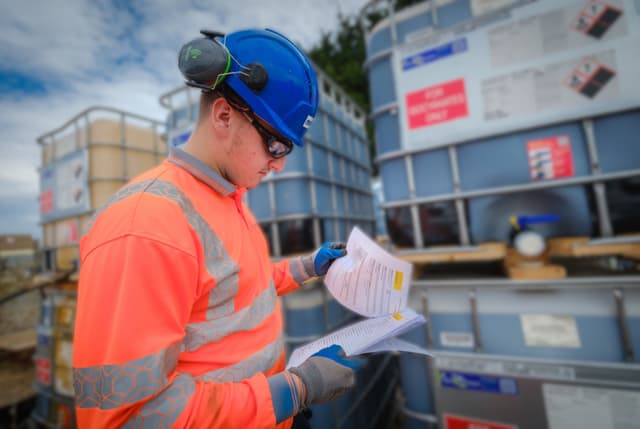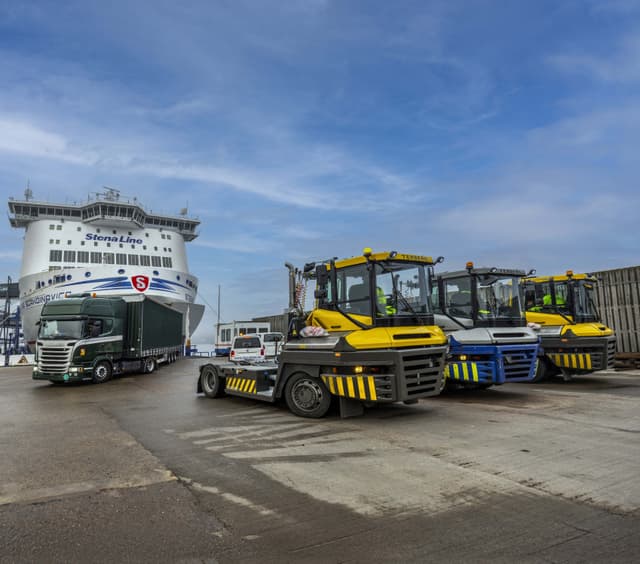When we discuss requirements with logistics occupiers, their needs are very different than they were even five years ago. We saw some particularly significant changes post-pandemic. Things that were thought of as nice to have before are now essential, particularly when it comes to sustainability - ESG remains a major focus for occupiers, and for HBD as a developer. It’s important than our logistics schemes not only meet the capabilities businesses require today, but that our structures and spaces have the flexibility to evolve along with technology, standards and expectations.
Whether they’re relocating or expanding, companies looking for new logistics space should ensure that buildings and facilities aren’t just fit for today, but for the future.
A decade ago, the perceived needs of office-based employees and warehouse staff would have differed widely, however we have begun to see major changes. Today it isn’t just office based businesses that need to be mindful of retention and wellness, but those whose workforce are largely warehouse-based too. Community and wellbeing are becoming more of a factor in the design and layout of new logistics schemes as operators look to boost morale, improve productivity and reduce sick days and absence. Our newest logistics scheme in London, Momentum, is a great example of this – it’s a world away from the tin shed image of old, complete with landscaped grounds at the edge of the Thames, direct access to the Thames Cycle Path, running tracks and picnic areas for people to step outside and enjoy some fresh air. 225 new trees have also been planted alongside shrubbery to enhance biodiversity at the site.
Inside the building, staff have shared spaces to relax along with shower facilities and quiet rooms. We’ll see more of these types of facilities designed into new logistics developments, helping companies build a positive culture. At HBD, we often work with occupiers to deliver purpose-built logistics space but we expect that this will become more prevalent as companies seek to personalise their space and ensure that it meets the needs of their brand and ethos, much in the same way businesses have traditionally approached office space. Modern amenities will also be increasingly important – some of the facilities we can expect to see more frequently as logistics space evolves include fitness centres, dedicated truck parking and driver lounges and flexible areas to host team meetings.
Alongside this, we’ll also see a continued focus on sustainability, both across construction and operation. Occupiers are conscious not only of the cost to run these often very large buildings, but also of the impact on their brand and reputation. An increasing number of occupiers will be B Corp businesses, for example, and will need to demonstrate that their facilities are meeting the right standards. Similarly, where funds are involved in bringing new schemes forward, ESG will be key. With this in mind, businesses should keep sustainability front of mind when looking at potential logistics developments or when committing to a design and build programme. As a general rule, it’s sensible to steer away from space that doesn’t push the envelope on today’s requirements. BREEAM Excellent is the target for most major funds and large occupiers and we’re seeing fewer BREEAM Very Good projects coming forward at this stage.
Carbon neutral is increasingly becoming the default position for developers, with building designed for low energy consumption and maximum efficiency – however, this is of course to be balanced with viability considerations. The key is ensuring that space is flexible, with the capacity for updates and improvements to be made as time goes on.
New schemes should include a range of sustainability features, including solar panels across roof surfaces, intelligent building systems, battery storage and elements like passive fleet charging on yards, which make carbon neutral an achievable goal while also cutting operational costs for the business. Remember that the UK does still have ambitious net zero targets, and the new Labour government has been clear about its commitment to the green agenda.
It’s important that occupiers are selecting logistics space or development partners who are equally focused on sustainability and are committed to designing logistics schemes that are fit for the future. Failing to do so could pave the way for expensive retrofitting charges just years from now when technological capabilities and standards inevitably take another step forward. Working with a forward-thinking development partner will pay dividends.
